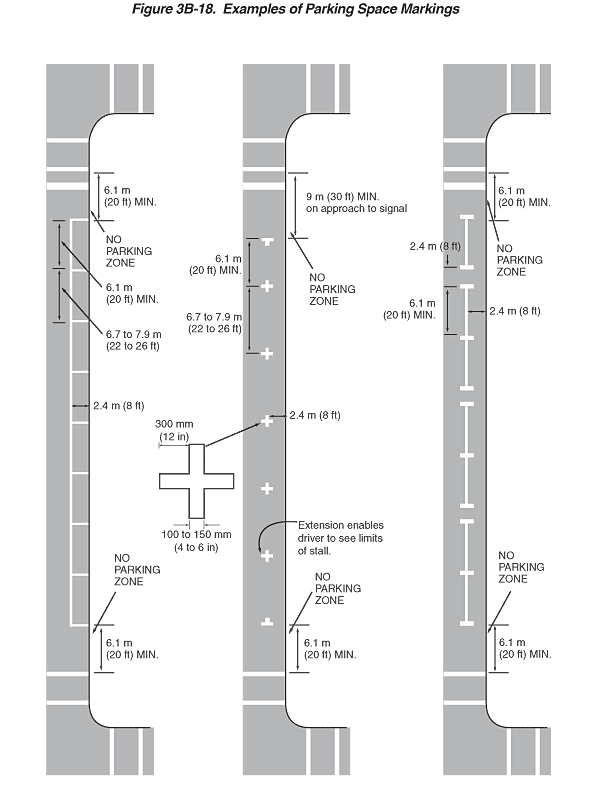
Figure 3B-18. Examples of Parking Space Markings
This figure illustrates three examples of parking space markings.
Three vertical segments of roadway are depicted, showing the right side of a roadway from the center of the roadway to the curb. Each roadway segment extends vertically for one block, from one intersection to another. Each intersection has crosswalks marked with parallel solid white lines and a wide solid white stop line in advance of the crosswalk at the top of the example. Each example has a row of parking spaces marked with white lines on the right side of the roadway between the crosswalks. On all three examples, parking spaces are shown with a dimension of 2.4 m (8 ft) wide.
On all examples, a NO PARKING ZONE is shown at the bottom of the example from the north edge of the crosswalk to the south edge of the bottommost parking space in the row. This zone is shown as a dimension of 6.1 m (20 ft) MIN. indicated from the back of the last parking space to the beginning of the crosswalk. At the top of each example, a NO PARKING ZONE is shown from the north edge of the topmost parking space to the white stop line in advance of the crosswalk.
The example on the left shows a vertical row of parking spaces marked with solid white lines as vertical rectangles, with the curb forming the right side of the rectangle. At the top of the figure, the NO PARKING ZONE is shown extending from the south edge of the crosswalk to the north edge of the topmost parking space, a dimension shown as 6.1 m (20 ft) MIN. The topmost parking space is shown as a dimension of 6.1 m (20 ft) MIN long. The parking space below it is shown as a dimension of 6.7 to 7.9 m (22 to 26 ft).
The middle example shows the parking spaces marked with a short vertical white line to mark the side of the space and a short horizontal white line crossing it to mark each end of the space. The width of these white lines is shown as a dimension of 100 to 150 mm (4 to 6 in), and the distance from the outside edge of the horizontal arm to the outside edge of the vertical arm is shown as a dimension of 300 mm (12 in). A leader arrow points to one of these white cross markings from a note stating "Extension enables driver to see limits of stall." The top of the topmost parking space is shown marked with a white "T," and the bottom of the bottommost parking space in the row is shown marked with an inverted white "T." At the top of the figure, the NO PARKING ZONE is shown extending from the south edge of the crosswalk to the north edge of the topmost parking space, a dimension labeled as "9 m (30 ft) MIN. on approach to signal." The topmost parking space is shown as a dimension of 6.1 m (20 ft) MIN long. The parking space below it is shown as a dimension of 6.7 to 7.9 m (22 to 26 ft).
The example on the right shows the parking spaced marked with long vertical white lines to mark the left side of the parking space and a short white horizontal line at each end. At the top of the example, a single parking space is shown, then a gap in the vertical white line. The gap is shown as a dimension of "2.4 m (8 ft)." The gap is followed by two parking spaces joined vertically, then another gap in the vertical white line, another group of two joined parking spaces, a gap, and another group of two joined parking spaced. At the top of the figure, the NO PARKING ZONE is shown extending from the south edge of the crosswalk to the north edge of the topmost parking space, a dimension labeled as "6.1 m (20 ft) MIN." The parking space below it is shown as a dimension of 6.1 m (20 ft) MIN.
